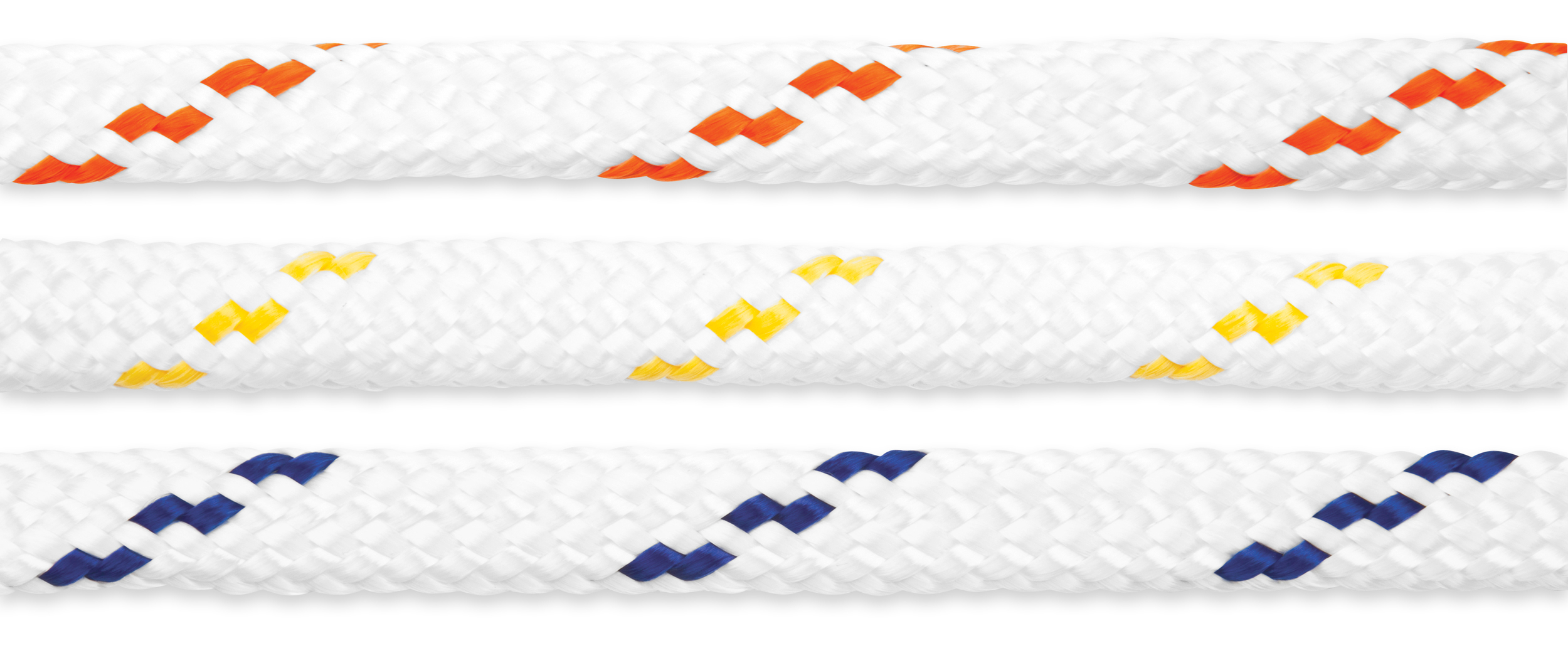Even after calling the utility companies and waiting for them to come out and mark the ground, it’s still way too easy to hit unknown utility lines and it happens all the time. Call811.com explains that calling 811 (this is for the American folks) before you dig, reduces your chance of hitting a utility line to less than 1%. That may seem like a very small percentage, and it is, but with hundreds of billions of dollars in construction spending each year, that 1% is actually spread across thousands of projects. This also does not include poorly drawn as-built plans that result in major maintenance and renovation problems down the road due to mismarked and misplaced utilities.
Manufacturer, 3M, has recently released an Electronic Marker System (EMS) Rope 7000 that emits a radio frequency signal, so that it can be located, even when it gets damaged or cut to help locate the utility lines that it will be installed next to. According to 3M, the rope is virtually maintenance free, has a long life expectancy, and is corrosion resistance. Since the rope does not require a power source to operate, the location system will still work if part of the rope is cut or damaged. In order to find the rope, 3M’s EMS Marker/Tape Locator Model 7420 needs to be used.
“Using the new path marking system, we’re able to mitigate the challenges that often plague other marking applications, such as fear of cut lines, unlocatable utilities, bad digs and miss-hits. Over the life of a project, this may save considerable time, money and provides peace of mind,” said Ed Scott, business development manager of 3M Electrical Markets Division.
The rope can be installed in any open trench up to 2 feet deep and can be installed inside conduit.
The video below of the EMS Rope 7000 is a bit of a cheesy news parody, so I skipped ahead a couple minutes to the more informative part.
Last summer, Hilti announced that they had developed their first exoskeleton designed for construction tradespeople in a partnership with Ottobuck, a prosthetics, orthotics, and exoskeleton provider. Earlier this month, Hilti officially released the exoskeleton, announced more details, and published its retail price on their website.
Cat Phones is known to make some pretty rugged smartphones, the kind of phone you don’t have to worry about on the jobsite – even without a case. Licensed by the construction equipment giant, Caterpillar, the phones are made by the UK-based Bullitt Group. The company recently announced the release of their new flagship smartphone model, the CAT S62 Pro.
The construction technology world has been no stranger to acquisitions and mergers in recent years, as many larger players are gobbling up startups and other specialty software to quickly grow their offerings and expand their value to their customers. The latest acquisition comes from a somewhat surprising source, however, as Stanley Black & Decker, the power tool and storage company, has acquired Buildup, a task management, punch list, and inspection software company.
Father’s Day 2021 is June 20, so you better get started on gift ideas if you want to impress dad this year. Whether your father is contractor, handyman, or DIYer, we’ve got a lot of great ideas for him this year.
For more more gift ideas, be sure to check out our past Father's Day Gift Guides from 2016, 2017, 2018, and 2019 or our Ultimate Construction Holiday Gift Guides from 2015, 2016, 2017, 2018, 2019, and 2020
Procore, the construction management software company, has been rumored to be interested in filing for an IPO since at least 2019. In the Spring of 2020, Procore ended up delaying its plans to go public after it received $150million in funding and a valuation of around $5 million, citing interest in raising more money amidst an uncertain economy during the heart of the coronavirus pandemic.
It’s that time again to begin Construction Junkie’s annual search for the best construction podcast! Now in our 7th year of the competition, we’re noticing a considerable increase in construction-related podcasts from every sector.
While still new in the construction industries, robots are typically designed to perform a specific task in a highly precise and efficient way, like the rebar tying robot, Tybot or the brick-laying robot Hadrian X. More recently, though, robots are being imagined as platforms for 3rd party companies to develop hardware and accessories to attach to the base robot, like the Boston Dynamics robotic dog, Spot. I recently came across a new robot, called Baubot, which hopes to one day perform tasks using every tool on a typical jobsite.
Autodesk announced the impending release of 3 new products, combining the best of all of their existing products and adding new features, at last year’s virtual Autodesk University. Those products (Build, Takeoff, and BIM Collaborate) are now fully available on a global scale, with Takeoff being the most recent release.
Last summer, we learned that Travelers Insurance believed that using Procore as a project management tool helped contractors reduce risk on their projects so much that they were willing to help pay for them to join the platform. That deal was previously limited to customers in 10 US states, but Travelers and Procore have collaborated to further expand that program.











In the midst of fierce discourse over the bipartisan infrastructure bill lies a unique opportunity for the United States.